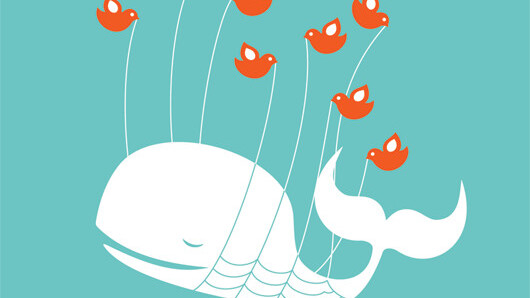
 Twitter is out and about making everyone in their developer ecosystem (that doesn’t work for the company) angry and annoyed.
Twitter is out and about making everyone in their developer ecosystem (that doesn’t work for the company) angry and annoyed.
How so? Twitter has been king-making Twitter apps, right in the face of a rich multitude of applications that other people had developed for using the service. Imagine the annoyance of building an application for several months, only to have Twitter buy your competitor and slash the price.
That is exactly what Twitter did when it bought Tweetie. It will rebrand the application ‘Twitter,’ and make it a free download. Previously, it cost $3 to buy and use. Everyone who has a paid Twitter application in the App store just lost the game, overnight.
 There are some suggestions that developers using Twitter’s APIs to build and create products, apps, and services are so off kilter and angered by Twitter’s actions that they are going to meet up and work on an “open federated standard” to replace the social giant.
There are some suggestions that developers using Twitter’s APIs to build and create products, apps, and services are so off kilter and angered by Twitter’s actions that they are going to meet up and work on an “open federated standard” to replace the social giant.
To put it in the most blunt terms, that is not going to happen. While talk of revolution might shake Twitter some internally, any serious contemplation of the situation boils down to two facts:
- Developers building applications on top of Twitter are not experienced in creating Twitter. That is, they know how to manipulate APIs, but not how to build the core product.
- No one will use their new standard, as they are using and have deep investments in Twitter.
There has long been an open alternative to Twitter, Identi.ca. No one uses it. Identi.ca is built on Status.net, which is open and free. It too is not mass market, and does not have sufficient momentum to make it a player.
How would a pack of Twitter app developers make something better? There is no indication that they could, and even if they did how they would market it. Come one, come all, to our new Twitter. It’s like the other Twitter, but you have no followers here.
In a nutshell, even if these unnamed developers had the gall to build their own “standard,” it would still be moot.
Twitter has two advantages: its userbase, and its momentum. Twitter has tens of millions of users, so if you build for Twitter, you get an audience from day one. Also, Twitter is growing, so you can rest content that if your product is good, it will grow, at least along with Twitter as a whole. That is enough to keep the developers around, at least for now.
But that does not mean that Twitter’s actions will not change the game, they already are. People are not going be developing the same applications that they used to. Mobile Twitter development just stopped in its tracks, at least compared to its previous levels, and no one is going touch with a stick any third-party application that has become core to the Twitter experience. Do not compete where you cannot win.
There are only two ways that ends, Twitter buys you, or you lose. If Twitter buys your competitor, or just builds you, it’s game over.
So expect developers to get more creative and varied in their development. The first gold rush of Twitter third-party development is over, but that does not mean there is no space. The space is just a different size, with a roped off section where only the biggest boys can play.
Get the TNW newsletter
Get the most important tech news in your inbox each week.




